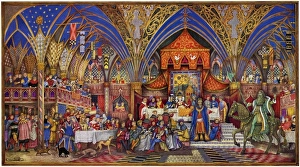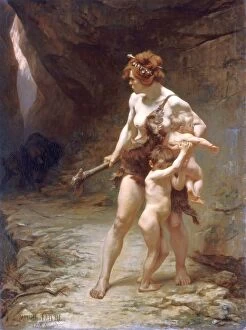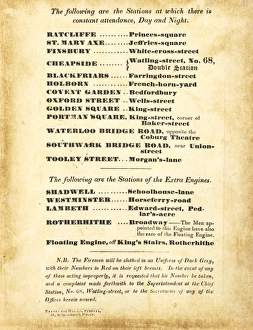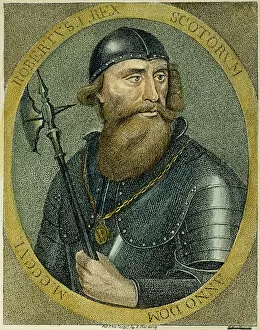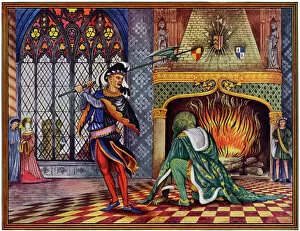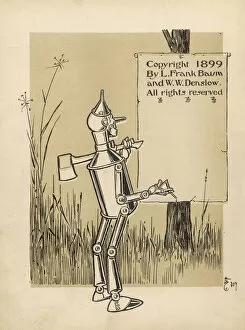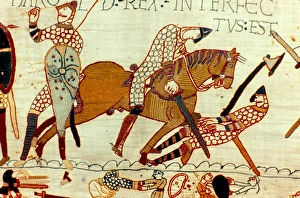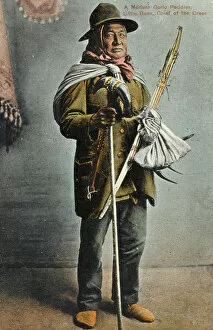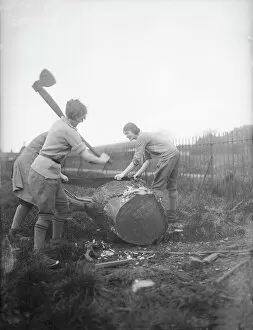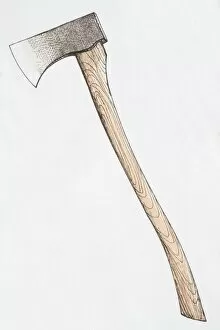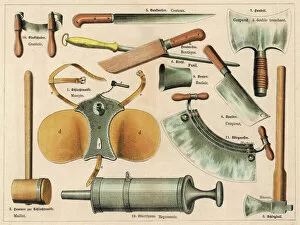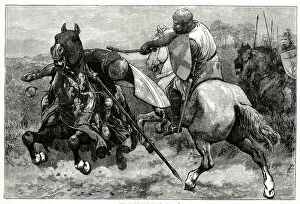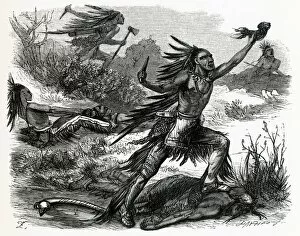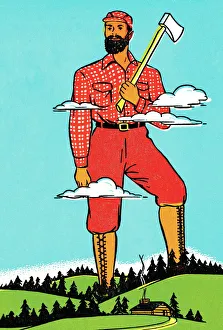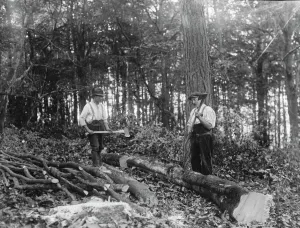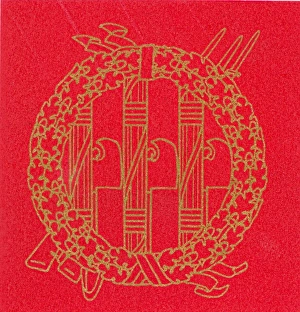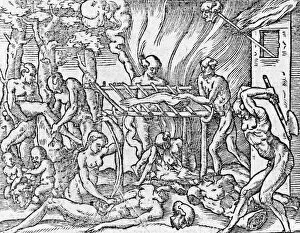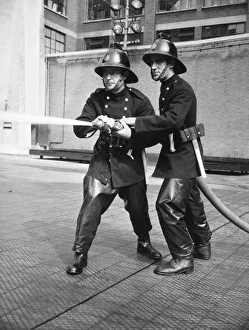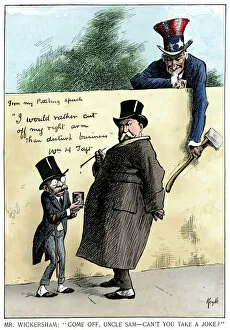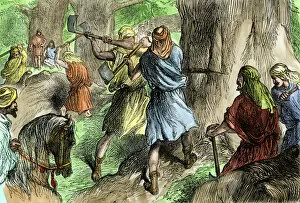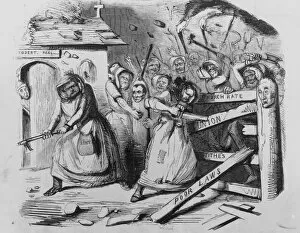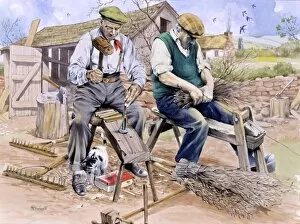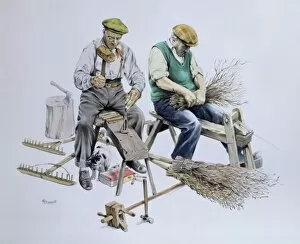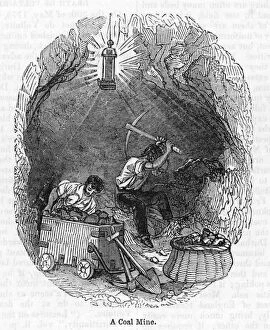Axe Collection
"Axe: A Symbol of Strength and Legends" In the epic tale of Sir Gawain and the Green Knight, an axe played a pivotal role in testing the knight's courage and honor
All Professionally Made to Order for Quick Shipping
"Axe: A Symbol of Strength and Legends" In the epic tale of Sir Gawain and the Green Knight, an axe played a pivotal role in testing the knight's courage and honor. The 1922 British Mt Everest Expedition led by Norton and Mallory faced treacherous conditions as they climbed towards the summit, relying on their trusty axes for support. Standing tall at the Bruce Monument at Bannockburn, the statue of Robert the Bruce wields an axe, symbolizing his bravery during Scotland's fight for independence. Leon-Maxime Faivre's painting "Deux meres (Two Mothers)" depicts a mother holding her child while another woman sharpens an axe nearby, representing both protection and preparation. Just like the Tin Man from Wizard of Oz who sought a heart, we often forget that he also carried an axe to help him navigate through obstacles on his journey. Unearthed in St Merryn, Cornwall, early Bronze Age gold lunulae and an intricately designed bronze axehead showcase ancient craftsmanship that has stood the test of time. The London Fire Engine Establishment relied on axes as essential tools in their firefighting efforts across various fire stations throughout London's history. An English color engraving from 1797 portrays Robert I of Scotland - better known as Robert the Bruce - wielding his trusted battle-axe with determination during medieval conflicts. During D-Day operations, glider reinforcement teams landed behind enemy lines equipped with axes to clear landing zones swiftly and efficiently under intense pressure. Chief Little Bear of Montana's Cree tribe embodied strength with his ceremonial war axe held high during tribal gatherings—a testament to Native American heritage and resilience. Female lumberjacks have shattered stereotypes by showcasing their skills with axes alongside men—proving that strength knows no gender boundaries in this demanding profession.

